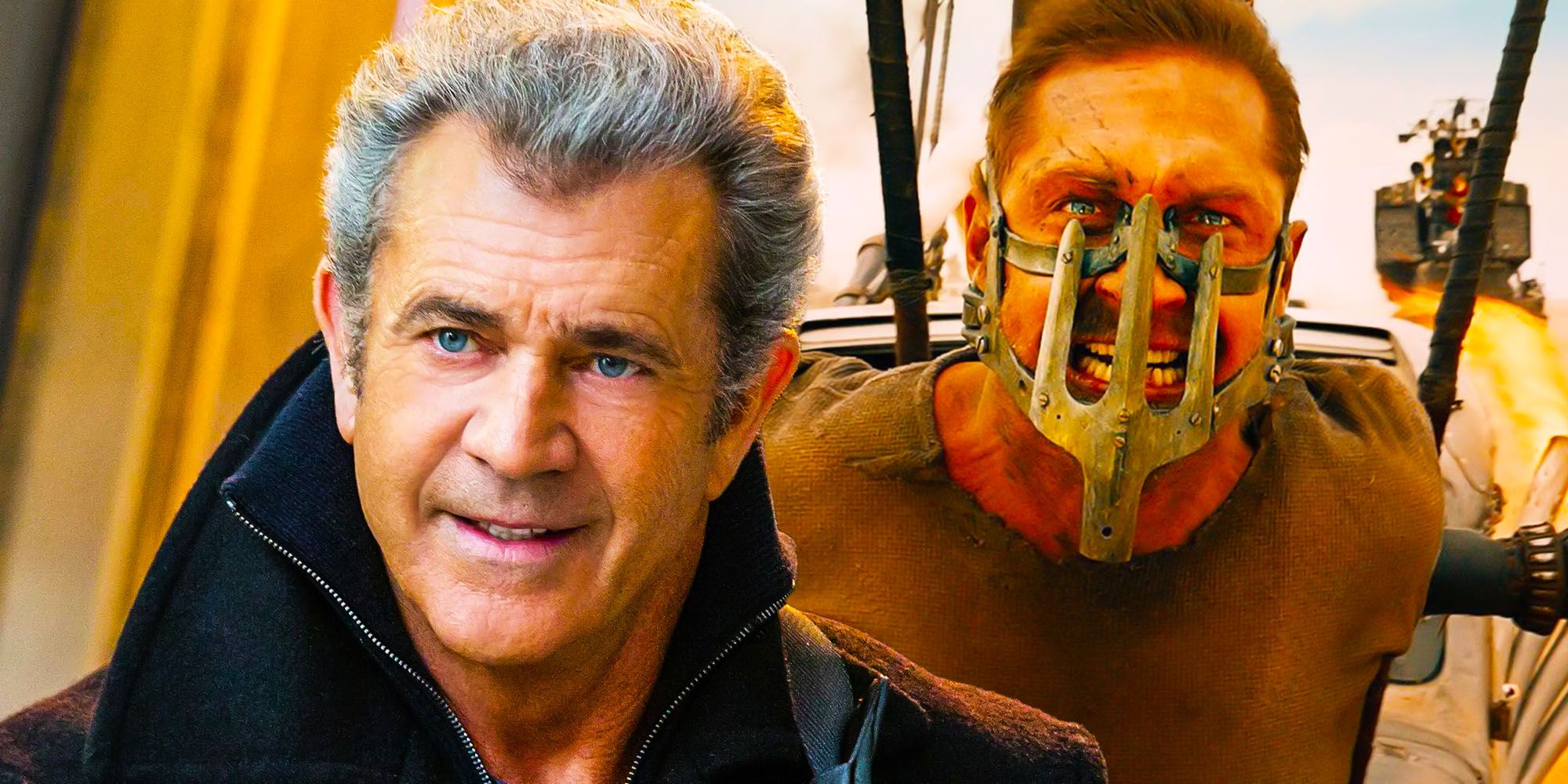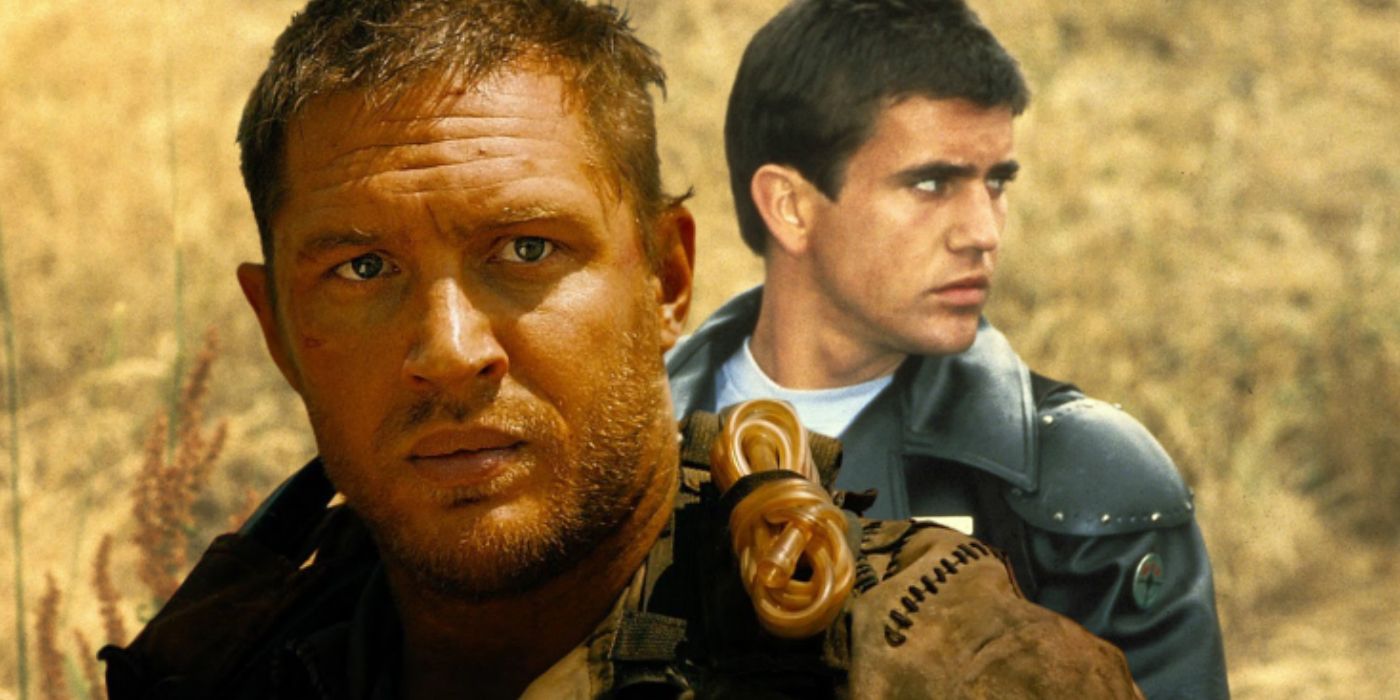The Mel Gibson version of Mad Max: Fury Road featured a more hopeful ending for the title road warrior. While 1985's Mad Max: Beyond Thunderdome had been a financial success, it also received lukewarm reviews of the original trilogy and is now considered the weak link of the saga. Director George Miller also felt done with the series after the film, and it was over a decade before the idea for Fury Road came to him.
Mad Max: Fury Road finally hit cinemas in 2015 after nearly 20 years in development. In that time, the production had geared up to start filming a few times, including a 2003 iteration where Mel Gibson was set to return as Max. The movie's production was also long and grueling for cast and crew, but it proved to be worth the blood, sweat and tears as Fury Road wasn't only one of the best movies of 2015, it was one of the best of the decade. Its exhilarating action, eye-popping color, rich worldbuilding and great performances made it an instant classic.
Tom Hardy stepped into the shoes of Mad Max for the sequel, who when the story begins is depicted as a feral, barely human survivor living off the wasteland. During the story, he's forced to help Charlize Theron's Furiosa escape from warlord Immortan Joe and his War Boys. Furiosa ran away with Joe's "breeder" wives, and Max slowly regains his sense of humanity as he helps them flee. In 2003 Mel Gibson was all set to reprise Max in Fury Road until the outbreak of the Iraq War derailed that version, but the movie ended on a more upbeat note for the character.
At the end of Mad Max: Fury Road, Furiosa has killed Immortan Joe and prepares to take over his Citadel. When she's ascending on the platform with the surviving wives, she realizes Max is leaving. They exchange nods as they go their separate ways because Max isn't quite ready to rejoin society. This wasn't the original concept, however, and during a post-screening conversation at the Sydney Opera House between Miller and co-writers Nico Lathouris and Brendan McCarthy, the latter revealed the original version ended with Max getting on the platform with Furiosa.
Since Mel Gibson's Max would have been an older, more weathered character, this likely would have symbolized he was ready to come back to humanity. Miller decided against this in the end, feeling that since Max and Furiosa had only known each other a few days and the former had just shaken off his feral nature, this Mad Max: Fury Road ending didn't feel quite right. Given Max's status as an eternal wanderer in the franchise, this was likely the right move.


